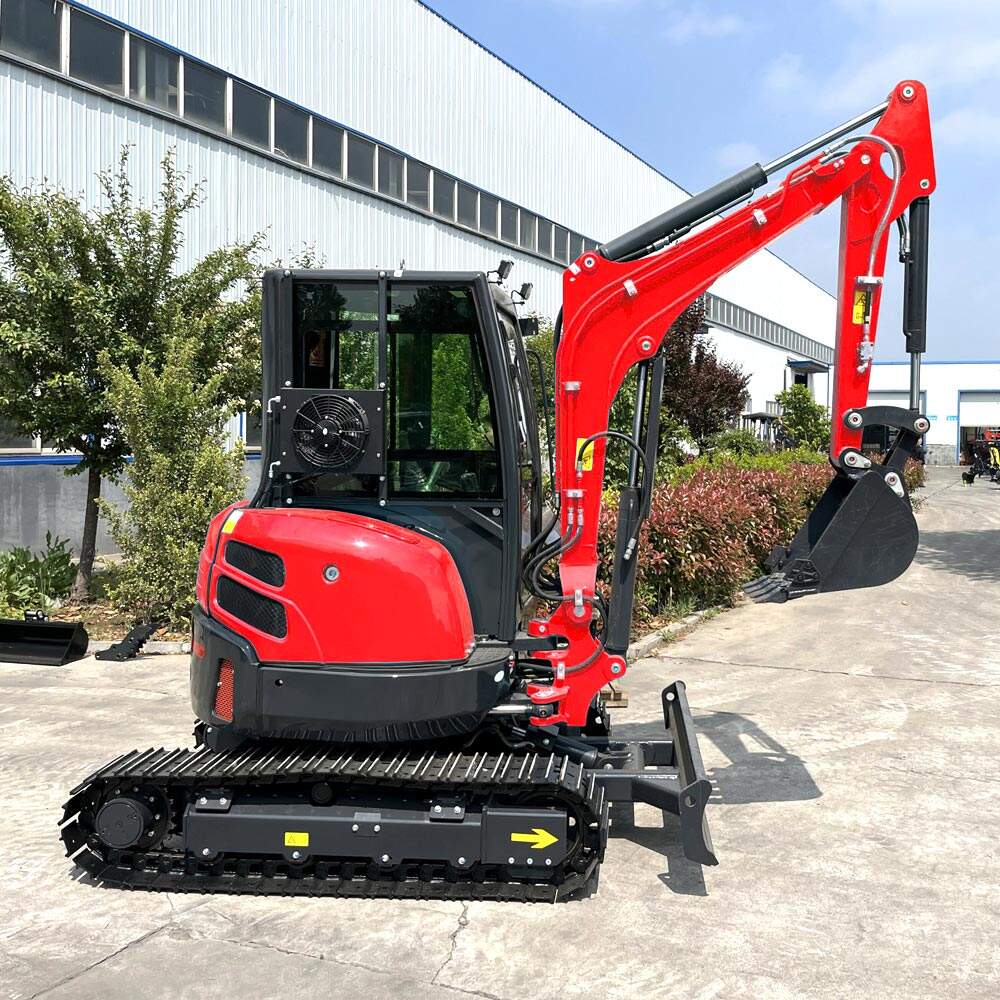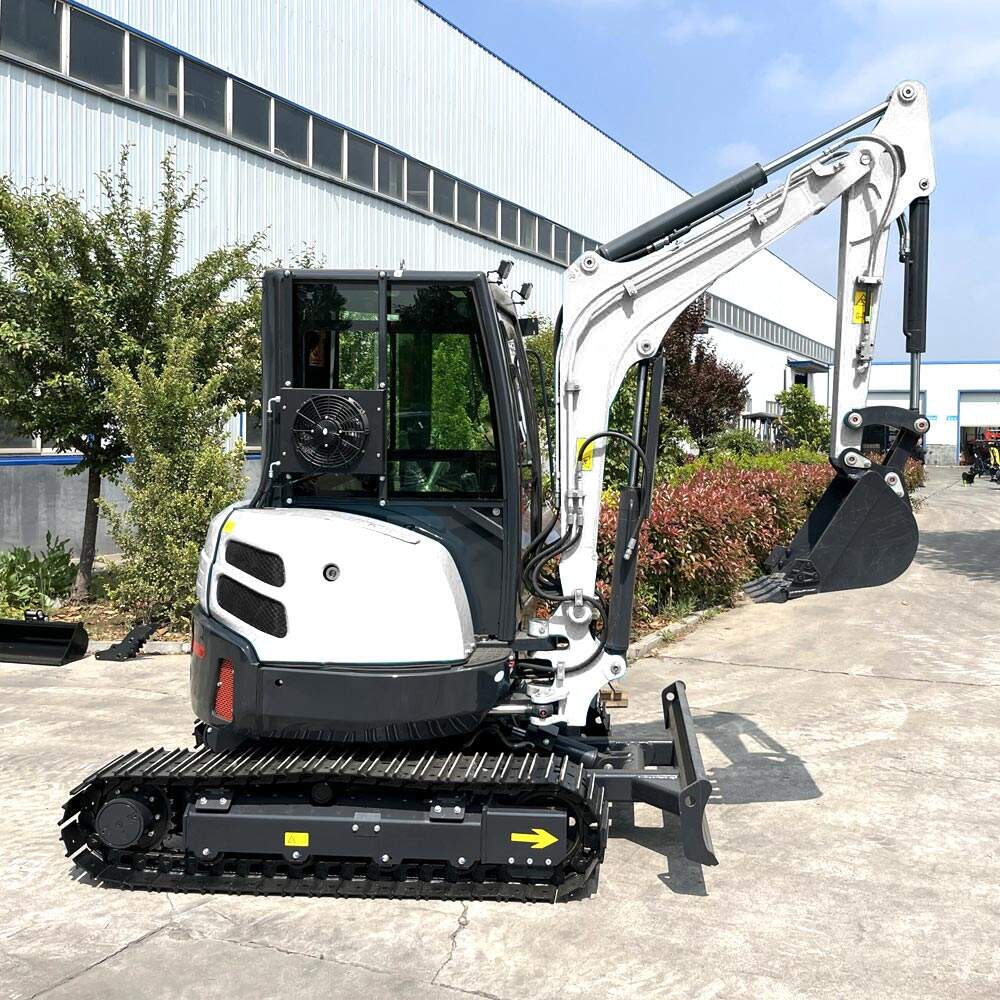Finding the Perfect Mini Excavator for Your Projects
Assessing Your Project Requirements
Picking out a mini excavator really comes down to what kind of work needs doing on site. The actual size of where it will be used matters a lot, along with how rough or flat the ground is. What exactly needs to get done makes all the difference too - think about if it's going to dig holes, make trenches, tear things apart, or help with garden work around property lines. When someone knows all this stuff upfront, they can start looking at different machines based on their physical dimensions, engine strength, and special functions that match those requirements better.
Evaluating Worksite Constraints
Job sites throw up all sorts of problems - sometimes there's just no room to move around because of limited entry points, super narrow walkways, or things hanging overhead that get in the way. When it comes to mini excavators, they come in different sizes across width, height, and how much the back end swings around when turning. This matters a lot when trying to navigate through tight spots on site. For people working in really cramped conditions, picking out a smaller machine with little to no tail swing makes all the difference. These models let operators work without constantly worrying about bumping into walls or structures while getting the job done properly.
Key Features to Consider When Selecting a Mini Excavator
Engine Power and Hydraulic Performance
The engine size and hydraulic system capacity influence the excavatorâs digging force and attachment compatibility. Higher horsepower models handle tougher materials and larger attachments but may consume more fuel. Balance your need for power with operational efficiency.
Operating Weight and Transportability
Mini excavators come in various weight classes, commonly ranging from 1 to 10 tons. Lighter machines offer better portability and reduce ground impact, while heavier models provide increased stability and lifting capacity. Consider transportation logistics, especially if you need to move equipment between multiple sites.
Attachment Options and Versatility
Attachments like buckets, breakers, augers, and grapples expand a mini excavatorâs functionality. Ensure the model you choose supports the hydraulic flow and controls needed for your intended tools. Versatile machines can adapt to diverse jobs, maximizing your investment.
Evaluating Operator Comfort and Safety
Ergonomic Cabin Design
Comfortable operator cabins with adjustable seats, intuitive controls, and clear visibility reduce fatigue during long workdays. Features like climate control and noise insulation further enhance productivity and safety.
Safety Features
Look for mini excavators equipped with rollover protective structures (ROPS), seat belts, and emergency stop functions. Advanced models may also include cameras, sensors, and alarms to prevent accidents on busy sites.

Budget Considerations and Total Cost of Ownership
New vs. Used Equipment
Deciding between new and used mini excavators depends on budget constraints and expected usage. New machines come with warranties and the latest features but at a higher upfront cost. Used equipment may be more affordable but requires careful inspection and potentially higher maintenance.
Fuel Efficiency and Maintenance Costs
Operating expenses add up over time. Models with fuel-efficient engines and easy access for maintenance can reduce long-term costs. Research manufacturer support networks and availability of spare parts before purchase.
Financing and Leasing Options
Many suppliers offer flexible financing or leasing plans to ease the financial burden. Evaluate terms carefully to select the option that aligns with your cash flow and project timeline.
Choosing the Right Dealer and Support Services
After-Sales Service and Warranty
A reputable dealer provides reliable after-sales support, including routine maintenance, repairs, and technical assistance. Warranty coverage varies and can influence the overall value of your investment.
Training and Operator Support
Proper training is essential for maximizing machine performance and safety. Check if the dealer offers operator training programs and ongoing support services.
Availability of Spare Parts
Ensure that spare parts are readily available to minimize downtime. Proximity to service centers and parts warehouses can be critical for continuous operations.
Emerging Trends in Mini Excavator Selection
Electrification and Environmental Impact
Electric and hybrid mini excavators are gaining popularity for their reduced emissions and quieter operation, making them ideal for indoor or urban projects.
Integration with Smart Technologies
Modern machines are equipped with telematics, GPS tracking, and remote diagnostics, helping owners monitor usage, maintenance needs, and performance remotely.
Customizable Configurations
Manufacturers increasingly offer customization options, allowing buyers to tailor machines to their specific applications and preferences.
FAQ
What size mini excavator is suitable for general landscaping?
Models weighing between 2 to 5 tons typically offer a good balance of power and maneuverability for landscaping tasks.
How important is hydraulic flow for attachments?
Hydraulic flow rate determines the efficiency of powered attachments. Higher flow supports larger or more demanding tools.
Can I transport a mini excavator on a standard trailer?
Most mini excavators can be transported on standard trailers, but always check the weight and size limits of your transport equipment.
Are electric mini excavators as powerful as diesel ones?
Electric models are improving rapidly and are suitable for many tasks, though diesel machines currently offer higher power for heavy-duty operations.
